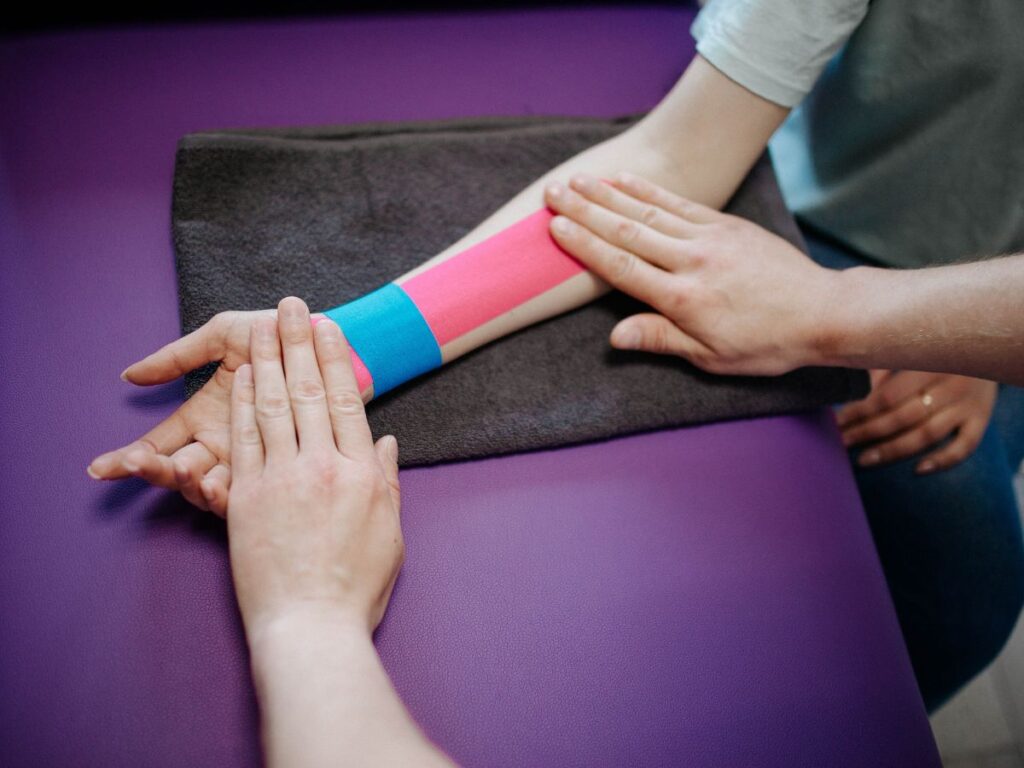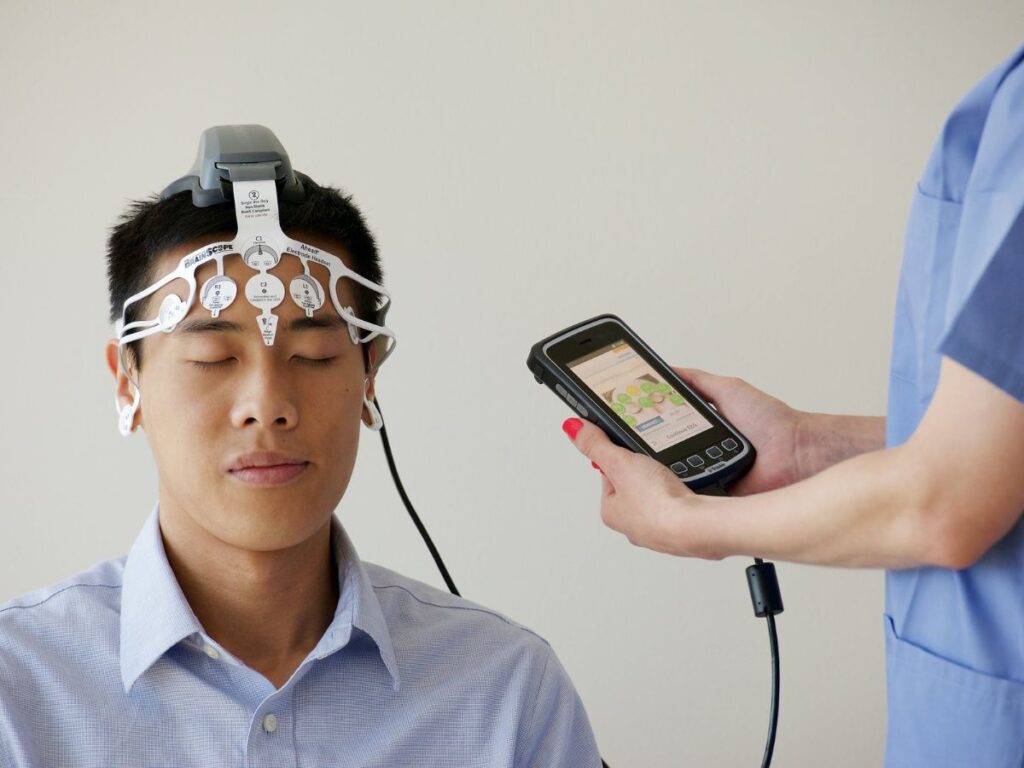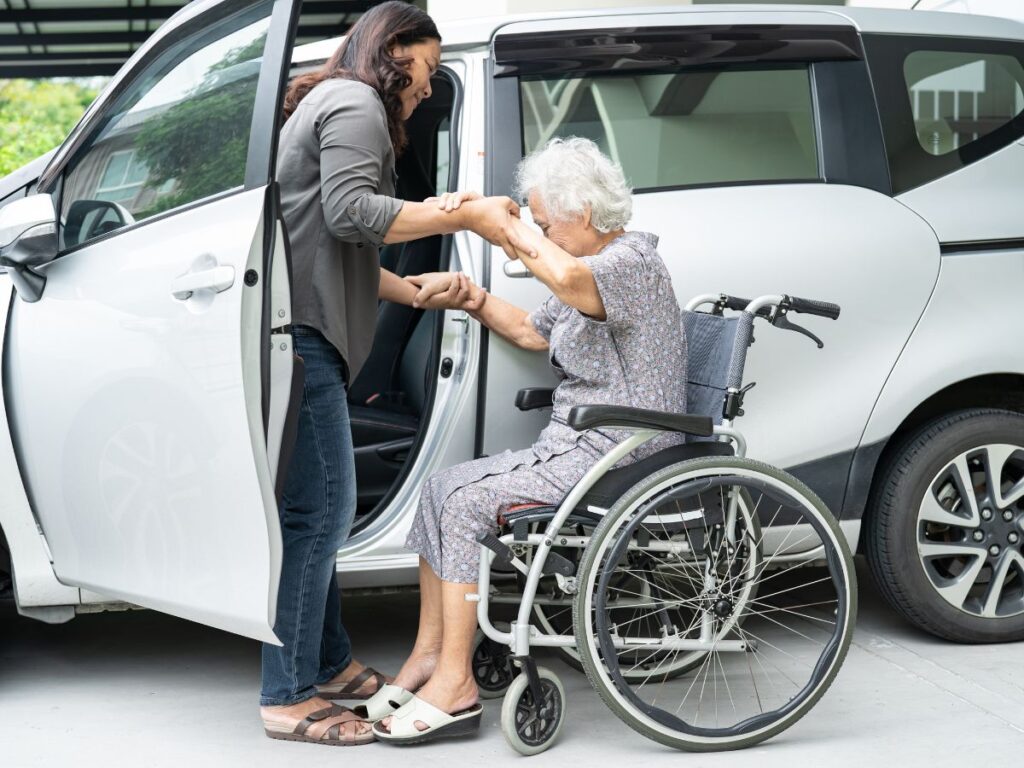Navigating Injuries on Public Transit
Millions rely on buses, trains, and subways every day, trusting that transit agencies maintain safe conditions. Yet crowded platforms, sudden stops, or mechanical failures can lead to slips, falls, or collisions that leave riders with painful injuries and mounting medical bills. If you’ve been hurt while commuting, understanding your rights and treatment options empowers you to heal fully and secure fair compensation. A comprehensive plan combines prompt medical care, documentation for any insurance or legal action, and a targeted rehabilitation strategy from specialists like Dr. Elham. For in-depth assistance, explore our Public Transportation Injury Help resource, where you’ll find step-by-step guidance tailored to bus, subway, and train incidents.
Immediate Steps After an Accident
Seconds after a fall or collision, adrenaline can mask injuries. Always seek medical attention first—even if pain seems minor. Report the incident to the driver or transit authority, request an official incident report, and gather witness contact information. If possible, photograph the scene, noting wet floors, broken handrails, or overcrowded conditions that contributed to the accident. These details become crucial evidence for insurance claims or potential lawsuits. Keep copies of medical evaluations, imaging, and receipts to substantiate your case later.
Common Public Transit Injuries
- Whiplash and Neck Strain: Sudden braking or collisions can jerk the neck, irritating muscles and spinal discs.
- Slips, Trips, and Falls: Wet platforms, uneven steps, or jostling crowds may cause sprains, fractures, or head injuries.
- Shoulder and Arm Trauma: Holding overhead straps during abrupt stops can strain rotator cuffs or dislocate shoulders.
- Lower Back Pain: Hard seats and repetitive jolts stress lumbar discs and ligaments.
- Psychological Stress: Anxiety, flashbacks, or sleep disturbances may follow dramatic incidents.
Because these injuries often overlap—combining soft-tissue damage with emotional distress—holistic care is essential.
Medical Evaluation and Documentation
Emergency rooms rule out fractures or internal bleeding, but many transit injuries benefit from follow-up imaging such as MRI or CT scans, which detect subtle ligament tears or disc herniations. Thorough documentation establishes a timeline that insurers respect: symptoms noted within 24–48 hours carry more weight than complaints raised weeks later. Keep a pain diary tracking soreness, mobility limits, and missed workdays. This log helps physicians tailor treatment and attorneys calculate damages accurately.
Chiropractic and Rehabilitative Care with Dr. Elham
Dr. Elham specializes in treating musculoskeletal trauma often seen after transit accidents. Her approach begins with a detailed posture and gait assessment, identifying misalignments from sudden impacts or repetitive platform falls. Gentle spinal and extremity adjustments restore joint mobility, while targeted soft-tissue techniques reduce inflammation and break down scar tissue. She integrates corrective exercises—like core stability drills or neck stretches—so patients reinforce adjustments at home. Regular re-evaluations ensure progress and provide fresh documentation for insurers, demonstrating medical necessity.
Physical Therapy and Strengthening
Physical therapists complement chiropractic care by focusing on muscular balance and endurance. Programs may include:
- Resistance Band Rows: Strengthen mid-back muscles to counteract posture changes from injury.
- Single-Leg Balance Drills: Re-educate ankle and knee proprioceptors after slip-and-fall sprains.
- Lumbar Stabilization: Engage deep abdominal muscles, protecting injured discs during daily commutes.
- Neck Retractions: Ease whiplash tension by aligning cervical vertebrae.
Therapists also teach ergonomic tips—like selecting aisle seats, using lumbar cushions, or pacing platform standing—to prevent symptom flare-ups while riding again.
Pain Management Strategies
Acute pain may warrant short courses of NSAIDs or muscle relaxants, but long-term reliance carries risks. Alternate methods include hot/cold therapy, topical analgesics, and low-level laser or ultrasound treatments that stimulate tissue repair. Mind-body techniques—deep breathing, progressive muscle relaxation, or guided imagery—reduce tension, helping patients tolerate rehab exercises and break the pain-stress cycle.
Mental Health Support
Survivors of transit accidents sometimes develop anxiety about commuting, panic attacks in crowds, or nightmares about the event. Early counseling, cognitive-behavioral therapy, or group support eases psychological burdens, enabling full participation in physical rehab. If flashbacks or severe anxiety hinder daily life, a mental-health professional can coordinate with your medical team, ensuring a unified recovery plan.
Legal and Insurance Considerations
Claims involving public transit agencies differ from standard auto accidents: strict notice deadlines and sovereign immunity laws may limit compensation windows. Consulting a personal-injury attorney soon after the incident protects your rights. Provide them the incident report, medical files, and expense receipts. Consistent treatment shows insurers you’re committed to recovery, countering arguments that injuries are minor or unrelated.
Return-to-Work Planning
If injuries limit job duties, doctors can issue activity restrictions—lift limits, sit/stand breaks, or partial hours. Employers often accommodate temporary adjustments to retain valued staff. Gradual workload increases prevent re-injury; physical therapists monitor strength and flexibility benchmarks, giving clearance when you’re safe to resume full tasks.
Transportation Modifications During Recovery
Switching to off-peak travel reduces crowd pressure. Using elevators instead of escalators can spare sprained ankles or sore knees. Mobility aids—folding canes, supportive braces—offer stability on moving buses or trains. Notify transit personnel if you need priority seating; many agencies require other riders to yield these spots to injured passengers.
Long-Term Injury Prevention
Even after pain subsides, maintaining corrective exercises and periodic chiropractic check-ups helps prevent relapses. Replace worn shoes with slip-resistant soles, use backpacks with padded straps to distribute weight, and practice mindful foot placement on slick or uneven surfaces. Awareness of platform edges and handrail use cuts future accident risk.
Nutritional Support for Healing
A diet rich in lean protein, leafy greens, and antioxidant-laden fruits fuels tissue repair. Omega-3 fatty acids from fish or flaxseed may curb inflammation, while adequate hydration keeps discs and cartilage supple. Limiting processed foods and excess sugar helps avoid inflammatory spikes that can aggravate joint pain.
Community Resources and Support
Cities often host advocacy groups focused on commuter safety and injury assistance. These networks can provide ride vouchers for medical appointments, legal referrals, or peer mentoring. Engaging with such groups not only aids your personal recovery but also contributes to broader transit-safety improvements by highlighting hazard hot spots or policy gaps.
Monitoring Progress and Milestones
Track mobility markers—walking distance without pain, stair climbing ability, or hours of uninterrupted sleep. Celebrate small wins such as reduced reliance on pain medication or completing a full workday comfortably. Sharing these achievements with your care team motivates continued effort and helps refine treatment goals.
When Surgery Becomes Necessary
Most transit injuries resolve with conservative care, but severe ligament tears, herniated discs, or complex fractures might require surgical intervention. Orthopedic surgeons can perform minimally invasive arthroscopy or spinal decompression, followed by tailored rehabilitation. Discuss risks, benefits, and expected downtime thoroughly before proceeding.
Maintaining Momentum Post-Recovery
Once cleared for normal activity, schedule periodic check-ins with healthcare providers to preempt minor setbacks. Continue core and balance exercises 2-3 times weekly, and stay mindful of posture while commuting. Should aches resurface, early intervention—perhaps a tune-up session with Dr. Elham—ensures brief discomfort doesn’t spiral into chronic pain.
Conclusion
Injuries on buses, trains, or subways can feel overwhelming, blending physical pain with insurance red tape and commuter anxieties. A structured, multidisciplinary approach—prompt medical evaluation, documentation, tailored rehab, legal guidance, and ongoing self-care—optimizes your path to full recovery. Experts like Dr. Elham integrate chiropractic alignment with corrective exercises and lifestyle advice, addressing each facet of the healing journey. To explore more personalized strategies and local resources, visit our Public Transportation Injury Help hub. By acting quickly, staying consistent with treatment, and tapping into community support, you can reclaim confidence, mobility, and peace of mind on every ride.



















